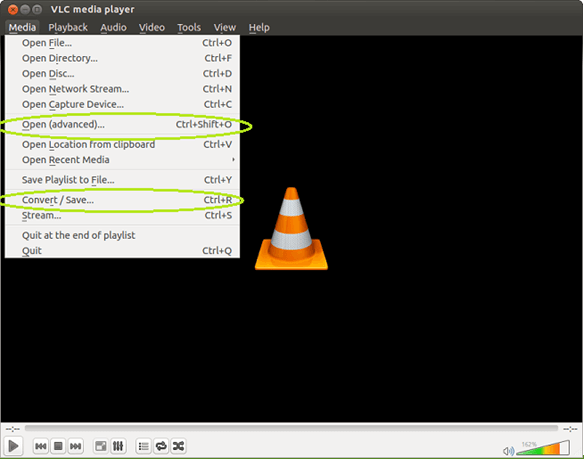
Making Video Smoother & Reducing Bandwidth Usage.įor smoother video, you can also try lowering your screen’s resolution.

Check out our guide to port-forwarding for more information on forwarding ports. For example, if you add the HTTP streaming method, you’ll see that it uses port 8080 by default. Depending on your streaming method, you may also need to forward ports if you want to stream over the Internet. Consult our guide to streaming with VLC for more information on connecting to the stream from another computer.Ĭlick the Stream button and you may be prompted to give VLC access through your firewall. You can also control transcoding and other options from here. In the Destination Setup section, select a streaming method from the dropdown box and click Add. Select the Desktop capture mode on the Capture Device tab, select your desired framerate, and click the Stream button. To stream your desktop over the network instead of recording it to a file, click the Stream option instead of the Convert / Save option in the Media menu. You can send this file to others, upload it to YouTube, or do whatever else you like with it. Open your saved file to view the video of your desktop. Use your computer normally and VLC will record your desktop. VLC will inform you that it’s “streaming” your desktop to a file. For example, you can use half your desktop’s resolution by typing 0.5 into the Scale box.Īfter specifying your options, click the Save button and click the Start button. You can also select a profile from the profile box and use it as-is, without editing it.Ĭhange the resolution by clicking over to the Video codec tab and using the options in the Resolution section. To adjust the resolution and video codec, click the edit button to the right of the Profile box. You can enable the Display the output checkbox to display the contents of your desktop in the VLC window while recording, but this isn’t necessary. Set a destination file in the Destination section.


 0 kommentar(er)
0 kommentar(er)
